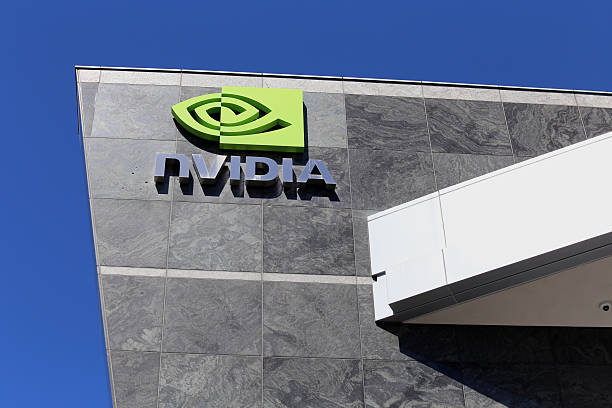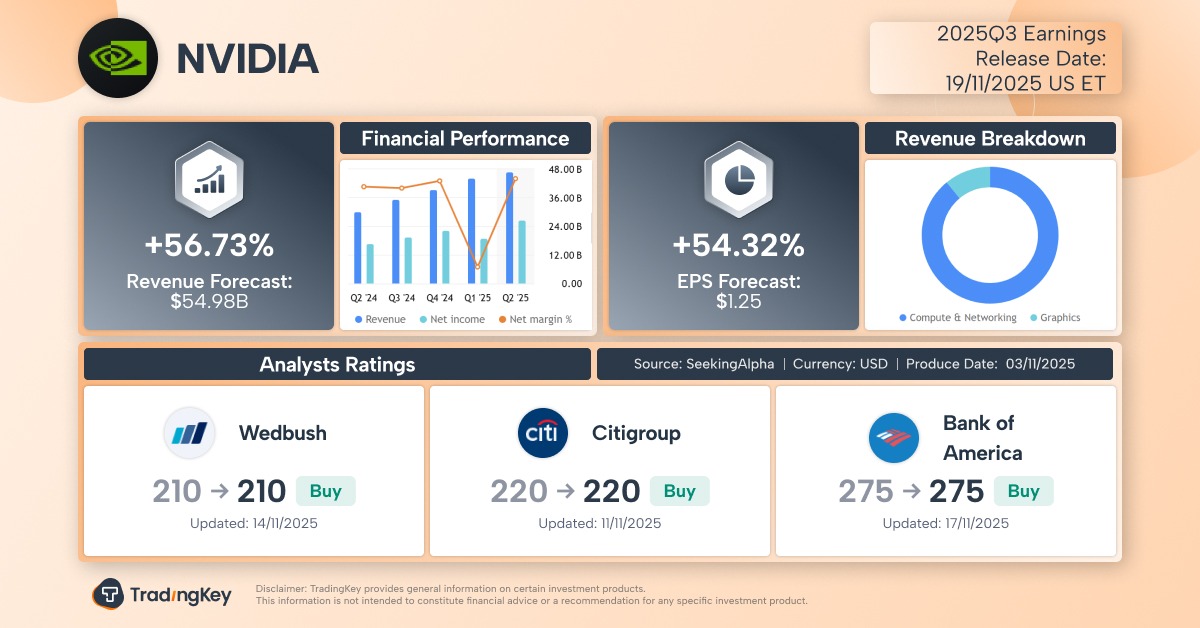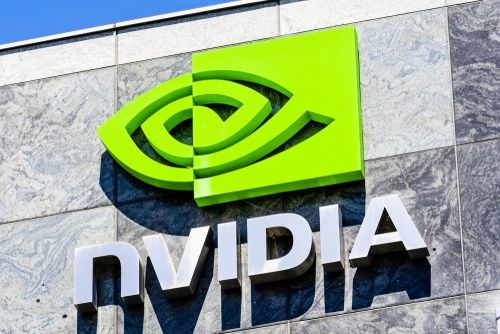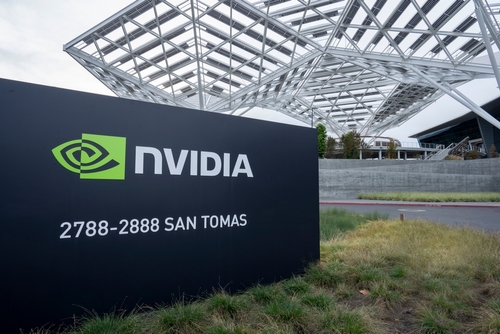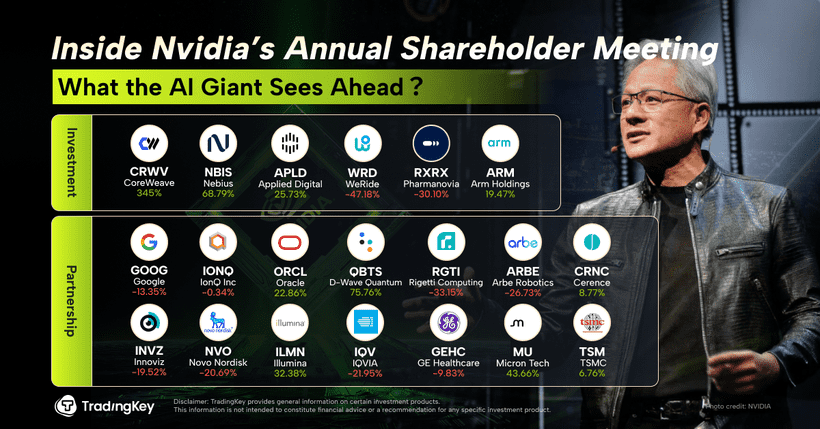Anthropic vs. OpenAI: Claude's Triple-Cloud Backing Challenges OpenAI’s Full Stack
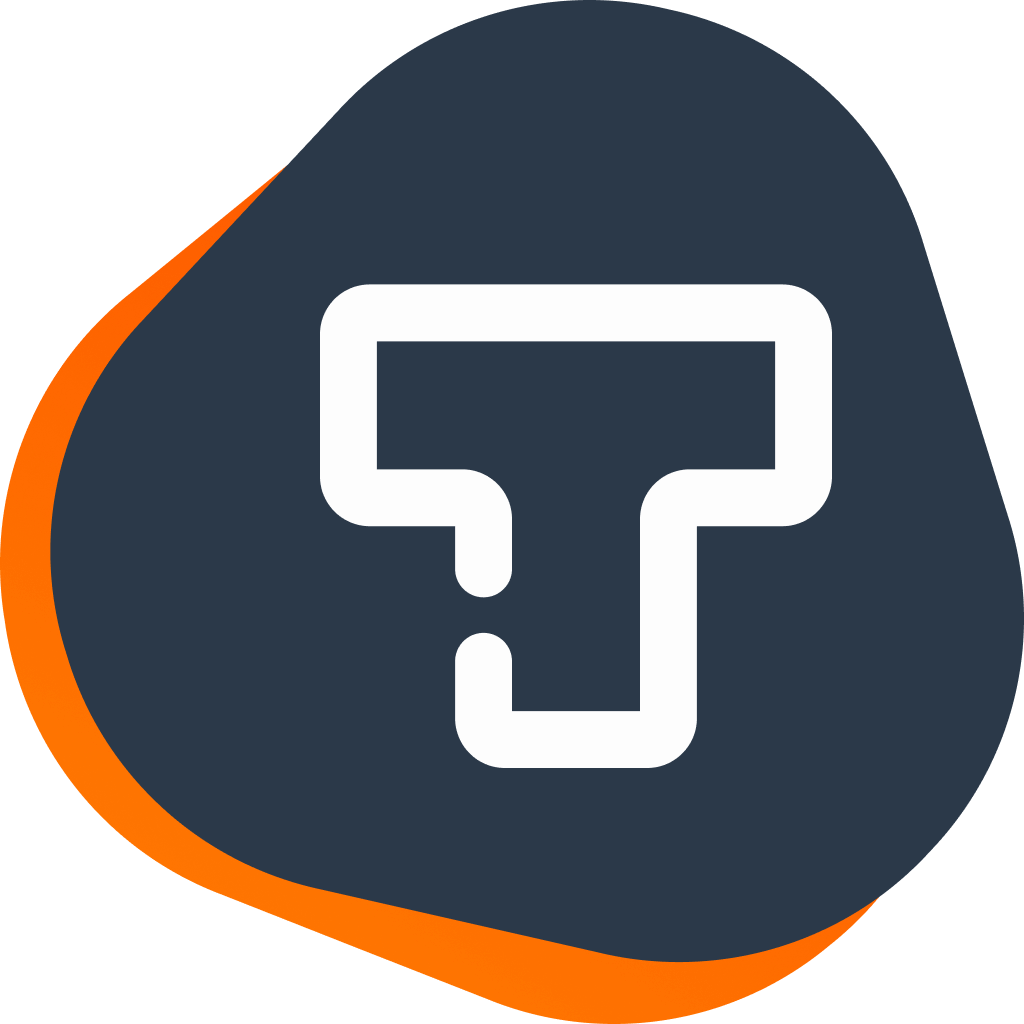
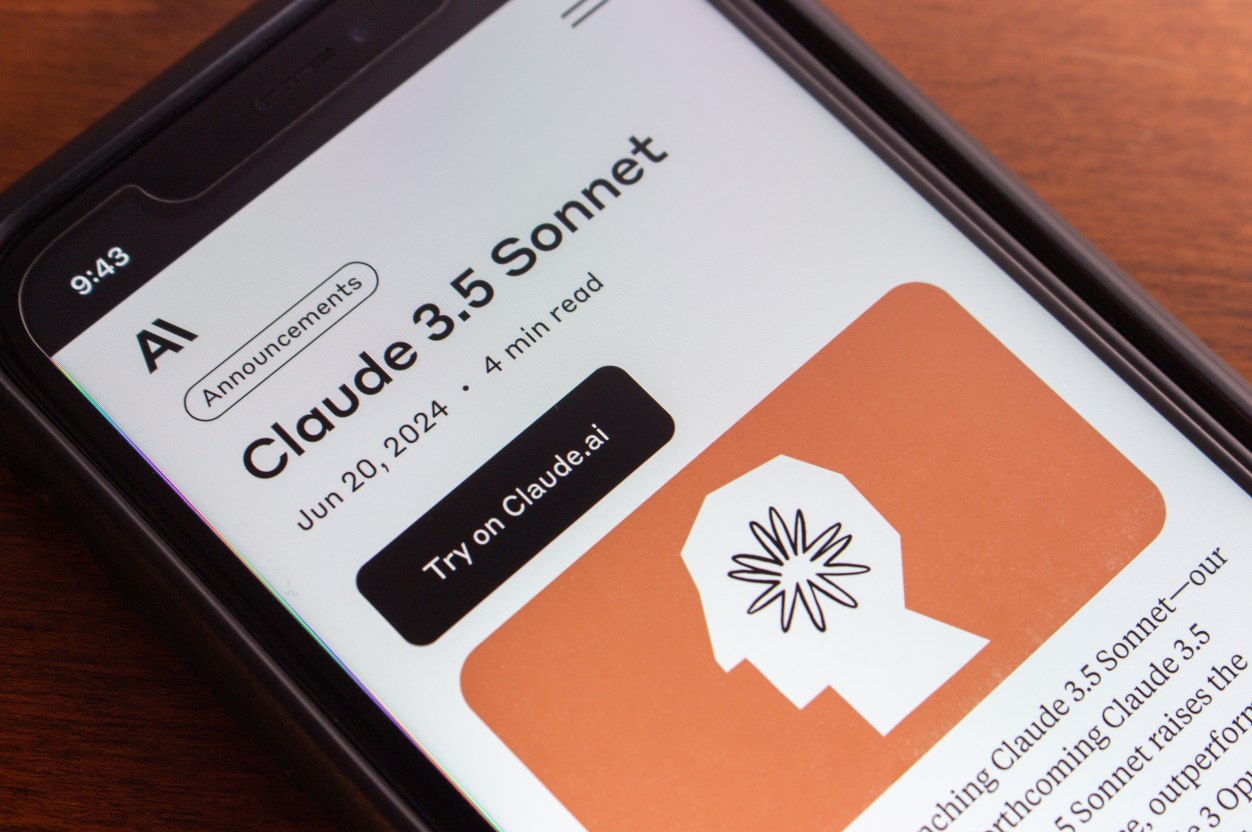
TradingKey - While OpenAI, developer of ChatGPT, spearheads a staggering $1.5 trillion "AI circular trade," rival Claude AI maker Anthropic is emerging as the only AI unicorn to secure backing from all three major cloud service giants: Amazon, Google, and Microsoft, by leveraging a "small but beautiful" AI strategy.
On Tuesday, November 18, Microsoft, Nvidia, and AI startup Anthropic struck a tripartite cooperation agreement, becoming the latest link in the AI tech circular trade—a closed loop of interconnected resources and capital formed between hardware manufacturers, cloud service providers, and AI model developers.
Microsoft pledged up to $5 billion in investment to Anthropic, while Nvidia committed up to $10 billion. In return, Anthropic will purchase $30 billion worth of Microsoft Azure cloud compute services and has already inked a deal with Nvidia for 1 gigawatt of compute power.
For Microsoft, this marks a critical step to reduce its reliance on OpenAI. Microsoft has cumulatively invested over $13 billion in OpenAI, with its stake now estimated to be worth $135 billion. However, the deterioration of their relationship has become increasingly evident due to conflicts over computing resources and exclusive agreements, disagreements on profit distribution, and evolving strategic cooperation versus competition.
Beyond capital injection and cloud compute purchase agreements, this collaboration also includes a deal that could reshape the future landscape of the AI model race: Microsoft Azure AI Foundry clients will gain access to Anthropic's AI model, Claude, making it the world's only frontier large language model deployed across all three major cloud service providers.
Prior to this partnership, major U.S. tech giants had formed distinct camps in their support for AI models. Amazon and Google were core backers of Anthropic, which was founded in 2021 by seven former OpenAI employees, while Microsoft and Nvidia aligned with the more widely discussed OpenAI.
Does Microsoft and Nvidia's expanded support for Anthropic signal that OpenAI's biggest competitor is superior in some aspects? While no clear evidence confirms this, market perception regarding these two top AI model developers has indeed diverged.
Divergent AI Development Paths: Which Is Superior?
OpenAI, aiming to build Artificial General Intelligence (AGI) to benefit all humanity, pursues a "big and comprehensive" development path, characterized by a richer product portfolio and a larger organization.
To support its burgeoning compute power demands, OpenAI has engaged Oracle, Nvidia, AMD, Broadcom, Google, and Amazon in chip and compute power supply agreements totaling approximately $1.5 trillion.
However, the gap between these ambitious AI deals and OpenAI's actual financial trajectory has fueled bubble concerns, stemming from whether AI monetization can adequately support massive capital expenditures.
In contrast to OpenAI's relentless spending on chips and data centers, Anthropic, following a "small but beautiful" approach, is more cautious and steady-footed.
Anthropic has avoided developing image and video generation technologies, which require more intensive computing, instead focusing on optimizing coding capabilities and enterprise automation deployment—specifically for programmatic integration and task execution, rather than collaborative human-computer interaction. Anthropic currently serves 300,000 enterprise users.
Anthropic states that Claude Sonnet 4.5, updated and released in late September, is the world's best coding model. It scored 77.2% in agent coding on the SWE-bench Verified benchmark, surpassing GPT-5's 72.8%, GPT-5-Codex's 74.5%, and Google Gemini's 67.2%.
According to reports from Anthropic and OpenAI, 77% of Claude users employ it for business applications, with 36% specifically for programming tasks. In contrast, 73% of ChatGPT model usage is unrelated to work, leaning towards a personal assistant role.
In short, Anthropic has a clear 'business-to-business' (B2B) focus, while OpenAI is more 'business-to-consumer' (B2C). Research indicates that enterprises are less sensitive to AI usage costs than general consumers, prioritizing ease of model deployment and economic efficiency.
Barclays notes that 90% of Anthropic's revenue stems from its API business, compared to just 26% for OpenAI. This disparity indicates Anthropic has built a significant competitive edge in the enterprise-grade AI services market.
Following $512 million in revenue last year, Anthropic's API revenue is projected to surge 662% year-over-year to $3.907 billion in 2025. OpenAI's API business, however, is forecast to grow only 80% to $1.8 billion.
Industry estimates suggest OpenAI's losses will continue to widen, with profitability not expected until 2029 or 2030. Anthropic, meanwhile, is poised to break even by 2027 or 2028.
This content was translated using AI and reviewed for clarity. It is for informational purposes only.


